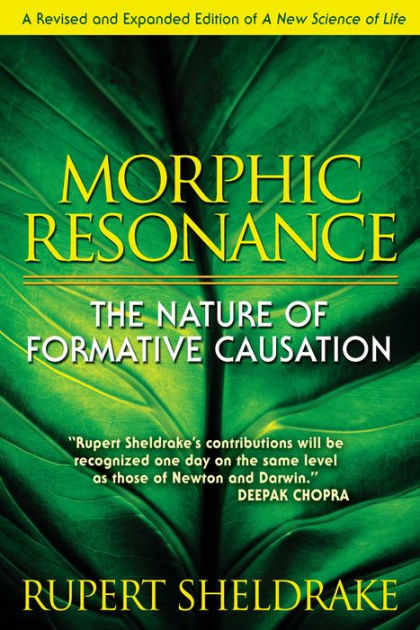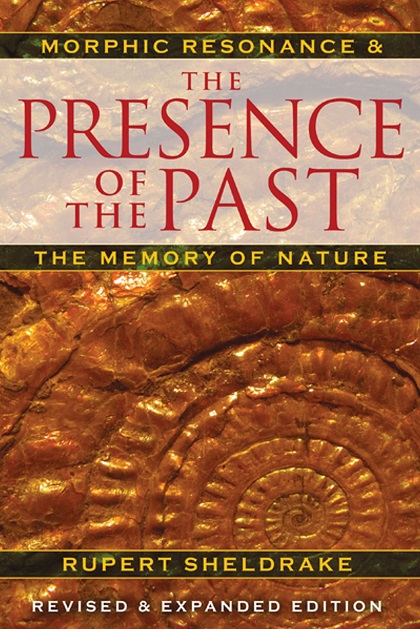|
home | what's new | other sites | contact | about |
|||
|
Word Gems exploring self-realization, sacred personhood, and full humanity
Dr. Rupert Sheldrake's Creodes: limiting the choices
return to "Evolution Controversy" contents page
Editor’s note: The following discussion is from Rupert's lecture "The Biology Of Transformation: The Field," which might be viewed on youtube.
An important concept in the understanding of morphogenetic fields was put forward by the British biologist C.W. Waddington. [He] had the idea of a “creode,” which is a canalized pathway of change. Wikipedia: Creode or chreod is a neologistic ["new word"] portmanteau ["traveling case"] term coined by the English 20th century biologist C.H. Waddington to represent the developmental pathway followed by a cell as it grows to form part of a specialized organ. Combining the Greek roots for "necessary" and "path," the term was inspired by the property of regulation. When development is disturbed by external forces, the embryo attempts to regulate its growth and differentiation by returning to its normal developmental trajectory. It’s as if this [the ball at the top] is the embryo. It rolls down valleys towards the lowest points [representing] different organs [to be developed] in the body. What this illustrates is that [the embryo] is attracted toward its end state, the fully formed organ, which acts as an attractor. In the language of modern dynamics, morphogenetic fields contain attractors which attract a developing system toward their end or goal. If you push the ball up the valley, [that is,] if you disturb the normal course of development – as in the case of the dragonfly embryo [with] cutting a bit of the egg off – what happens is, it rolls back to the normal pathway of development… It means that even after disturbance, [the ball] can get back onto the normal path of development and ends up at the normal end-point. So, the “creode” is an important part [of morphogenetic fields, which] are not static [but] contain virtual future forms, which attract the developing organism towards them. As a seedling develops toward a tree, the mature form of the tree is an attractor for that seedling; as an embryo develops toward an adult, the adult form is the attractor for that developmental process, and it [the mature form] pulls it [the embryo] towards its goal. The modeling of morphogenetic fields in mathematical terms has been done by a great French mathematician, Rene Thom, who put together this whole attractor theory of fields. The “attractor” mathematics is the basis of chaos theory, and a number of other important branches of modern dynamics, but this is the mathematical nature of these fields.
|
|||
|
|

